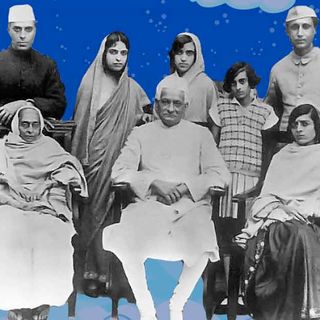We recently spotted a flyer for a local children’s chess tournament, which segregated competitions according to gender. When we called to ask why girls and boys had to play separately, the organizers told us that they didn’t want the girls to get discouraged by perpetually losing to the boys. This (perhaps well-intentioned) perception was likely based on what is called “stereotype threat,” or the idea that awareness about negative stereotypes of their performance can hamper women’s actual performance.
A new study — which we’ll be sure to send to the organizers of that kids’ tournament — debunks the stereotype threat in chess. Data from 160,000 ranked chess players and more than 5 million chess matches suggest that women playing against men perform better than expected based on their official chess ratings, according to new findings published in Psychological Science. The takeaway: negative stereotypes don’t impact women playing chess in competitive environments.
“These findings show that even famous psychological phenomena may not be present all the time. Factors other than stereotype threat appear to be more important in determining men and women’s tournament chess performance,” says psychological scientist and study author Tom Stafford of The University of Sheffield.
Being aware of a negative stereotype is thought to make individuals more anxious, more self-conscious, and less able to suppress negative thoughts – outcomes that ultimately hamper their ability to perform the task at hand. Because women are noticeably underrepresented in the world of competitive chess, stereotype threat may be especially salient to women chess players.
To investigate this phenomenon in the real world, Stafford analyzed data from standard tournament chess games played between rated players from January 2008 through August 2015. The FIDE rating system continuously incorporates game outcomes to update players’ ratings. These ratings can be used to predict who will win in a match between any two players. In total, the analyses included data from 150,977 men and 16,158 women playing in 5,558,110 games.
Across categories, women outperformed expectations when playing a man compared with when they played against other women, indicating that stereotype threat did not hamper their game. (And proving what we already knew: that under pressure, women rise to the occasion, even in male-dominated arenas.)
While the study didn’t extend to what factors may have resulted in this increased level of performance, it does point to the possibility that women are overcoming bias with increased competitiveness. Which might mean that if we want our girls to perform at their best, we just might have to take them out of these gendered corners and throw them into the ring.




